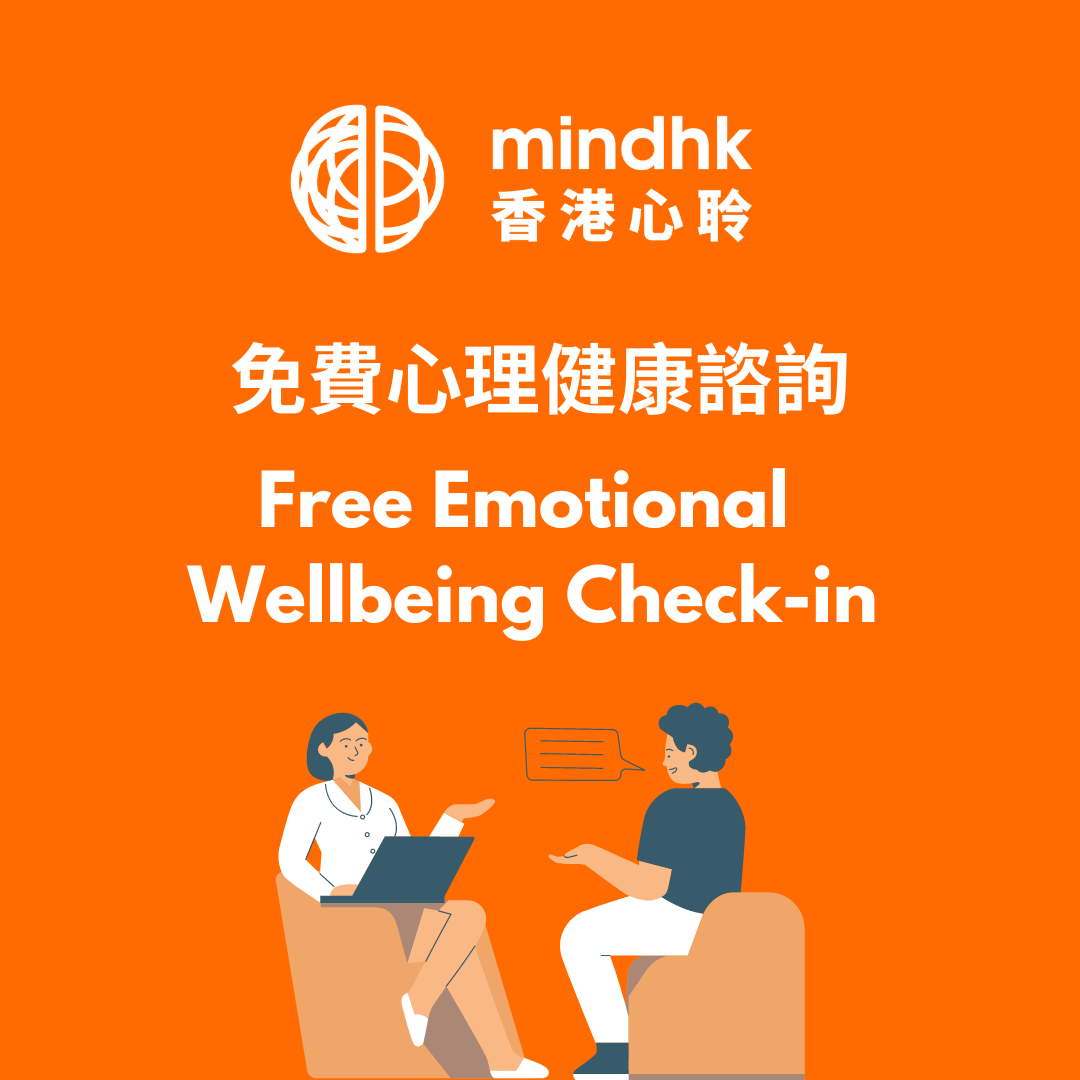什麼是腦磁激療法(TMS)?
越來越多研究發現腦磁激(TMS)療法是一種有效,安全及非入侵性治療抑鬱症的方法。它利用磁場刺激腦部負責情緒調節的部份,並通常用於無法承受藥物副作用以及對多種藥物呈現抗藥性的抑鬱症患者。
在英國,國家健康照護專業組織 (NICE)批准腦磁激(TMS)療法用於治療抑鬱症。而美國,食品和藥物管理局(FDA)則在2008年批准用於治療抑鬱症 [1-3]。腦磁激(TMS)療法跟藥物治療和心理治療同樣是一種公認有效治療抑鬱症的方法,並已在世界廣泛使用。
腦神經科學研究發現,抑鬱症患者的腦部左背外側前額葉皮質(L-DLPFC)比非抑鬱症患者的活動量減少 [4-6] ,從而引致抑鬱症的病徵。腦磁激(TMS)療法利用磁場刺激腦部左背外側前額葉皮質,令抑鬱症的病徵得已舒緩 [7-11]。
TMS 過程
一個標準的腦磁激(TMS)療程為期四至六週,每週五天,每次治療大概需時三十至四十分鐘。患者會坐在特設的治療座椅上,在清醒及無任何鎮靜劑及麻醉的情況下接受治療。治療結束後,患者可以恢復日常活動,包括開車或返工返學。
腦磁激(TMS)療法的潛在副作用包括受刺激部位不適,短暫性頭痛,治療期間輕度面部肌肉抽搐及誘發癲癇。假如患者在接受腦磁激(TMS)療法後出現副作用,應由醫生診斷是否可以繼續療程。
體內有植入式醫療儀器或頭部有植入式金屬,癲癇症病歷或神經系統疾病的患者可能不適合按受腦磁激(TMS)療法。請諮詢醫生或腦磁激治療專家了解更多有關腦磁激(TMS)治療的資訊。
參考資料
- O’Reardon, J. P., Solvason, H. B., Janicak, P. G., Sampson, S., Isenberg, K. E., Nahas, Z., . . . Sackeim, H. A. (2007). Efficacy and Safety of Transcranial Magnetic Stimulation in the Acute Treatment of Major Depression: A Multisite Randomized Controlled Trial. Biological Psychiatry, 62(11), 1208-1216.
- Lisanby, S. H., Husain, M. M., Rosenquist, P. B., Maixner, D., Gutierrez, R., Krystal, A., . . . George, M. S. (2009). Daily left prefrontal repetitive transcranial magnetic stimulation in the acute treatment of major depression: Clinical predictors of outcome in a multisite, randomized controlled clinical trial. Neuropsychopharmacology, 34(2), 522-534.
- Carpenter, L. L., Janicak, P. G., Aaronson, S. T., Boyadjis, T., Brock, D. G., Cook, I. A., . . . Demitrack, M. A. (2012). Transcranial Magnetic Stimulation for Major Depression: A Multisite, Naturalistic, Observational Study of Acute Treatment Outcomes in Clinical Practice. Depression and Anxiety, 29(7), 587-596.
- Baxter, L. R., Jr., Schwartz, J. M., Phelps, M. E., Mazziotta, J. C., Guze, B. H., Selin, C. E., . . . Sumida, R. M. (1989). Reduction of prefrontal cortex glucose metabolism common to three types of depression. Arch Gen Psychiatry, 46(3), 243-250. doi:10.1001/archpsyc.1989.01810030049007
- Bench, C. J., Friston, K. J., Brown, R. G., Scott, L. C., Frackowiak, R. S., & Dolan, R. J. (1992). The anatomy of melancholia–focal abnormalities of cerebral blood flow in major depression. Psychol Med, 22(3), 607-615. doi:10.1017/s003329170003806x
- George, M. S., Ketter, T. A., & Post, R. M. (1994). Prefrontal cortex dysfunction in clinical depression. Depression, 2(2), 59-72. doi:https://doi.org/10.1002/depr.3050020202
- Hadas, I., Sun, Y., Lioumis, P., Zomorrodi, R., Jones, B., Voineskos, D., . . . Daskalakis, Z. J. (2019). Association of Repetitive Transcranial Magnetic Stimulation Treatment With Subgenual Cingulate Hyperactivity in Patients With Major Depressive Disorder: A Secondary Analysis of a Randomized Clinical Trial. JAMA Network Open, 2(6), e195578-e195578.
- Eshel, N., Keller, C. J., Wu, W., Jiang, J., Mills-Finnerty, C., Huemer, J., . . . Etkin, A. (2020). Global connectivity and local excitability changes underlie antidepressant effects of repetitive transcranial magnetic stimulation. Neuropsychopharmacology.
- Weigand, A., Horn, A., Caballero, R., Cooke, D., Stern, A. P., Taylor, S. F., . . . Fox, M. D. (2018). Prospective Validation That Subgenual Connectivity Predicts Antidepressant Efficacy of Transcranial Magnetic Stimulation Sites. Biol Psychiatry, 84(1), 28-37. doi:10.1016/j.biopsych.2017.10.028
- Rosen, A. C., Bhat, J. V., Cardenas, V. A., Ehrlich, T. J., Horwege, A. M., Mathalon, D. H., . . . Yesavage, J. A. (2021). Targeting location relates to treatment response in active but not sham rTMS stimulation. Brain Stimulation, 14(3), 703-709.
- Modak, A., & Fitzgerald, P. B. (2021). Personalising transcranial magnetic stimulation for depression using neuroimaging: A systematic review. The World Journal of Biological Psychiatry, 1-23. doi:10.1080/15622975.2021.1907710




